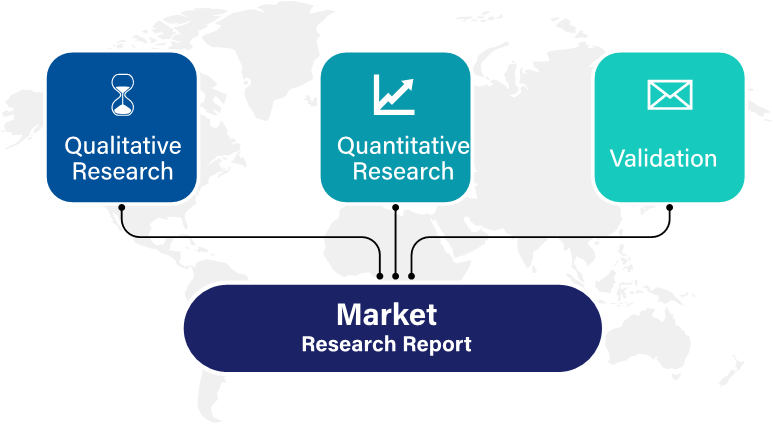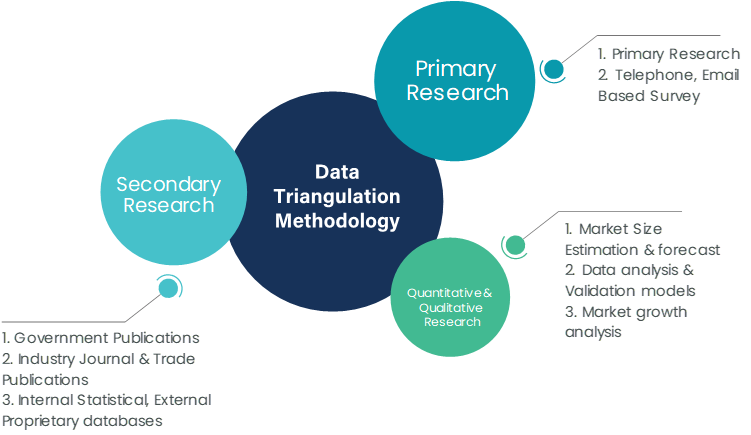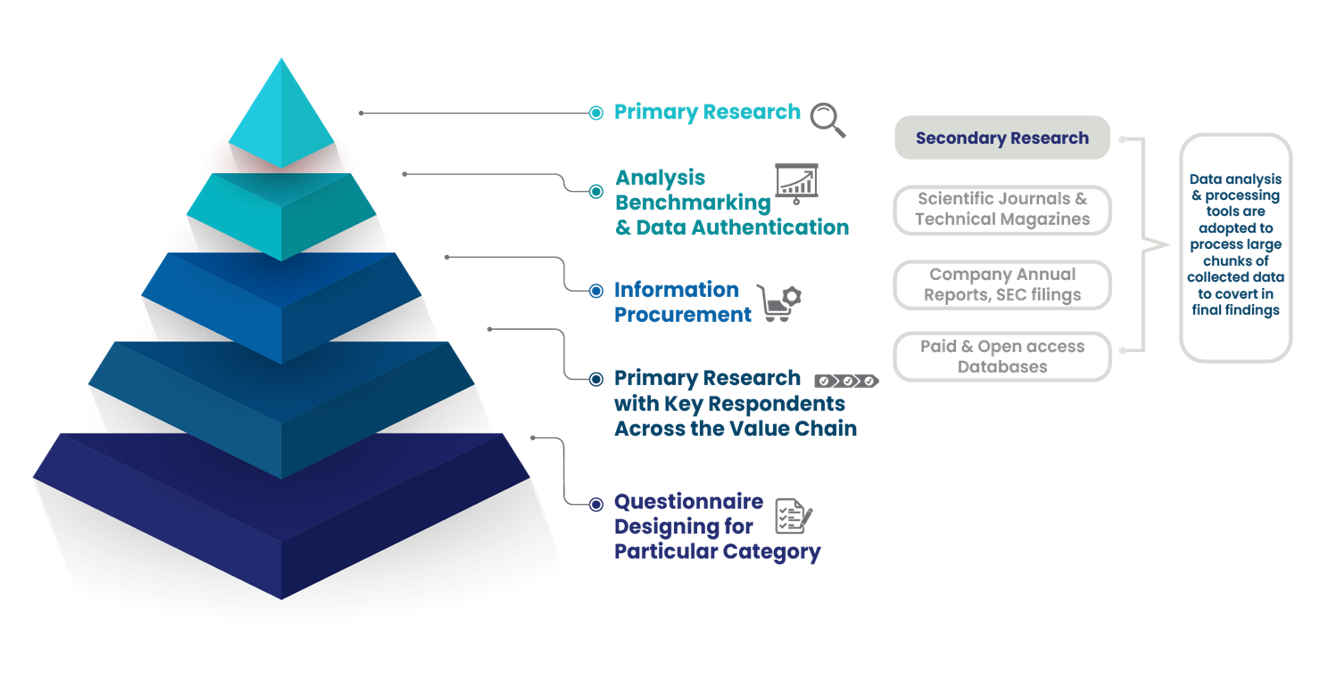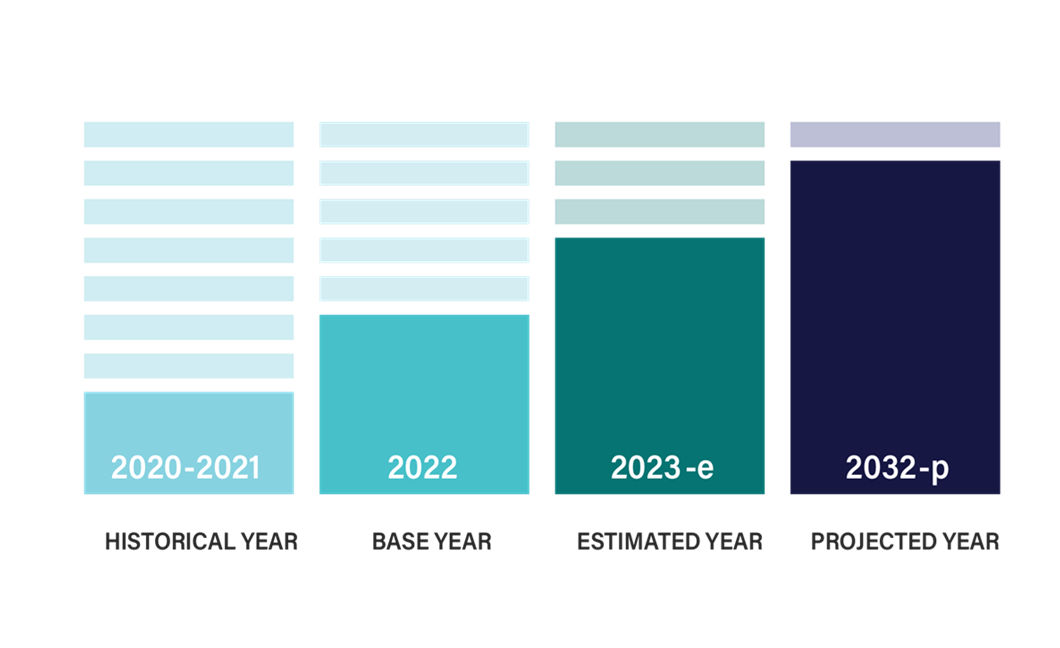

The AI camera market is experiencing rapid growth due to technological advancements and increasing demand across various sectors, including security, automotive, and consumer electronics. With enhanced capabilities such as facial recognition, object detection, and scene analysis, AI cameras are becoming integral in improving user experiences and operational efficiencies. This report, prepared by International Market Research (IMR), provides a comprehensive forecast for the AI camera market from 2024 to 2031, examining key trends, drivers, challenges, and growth opportunities.
The AI camera market was valued at approximately $3.5 billion in 2023 and is projected to grow at a compound annual growth rate (CAGR) of around 22% from 2024 to 2031. By 2031, the market is expected to reach approximately $15.5 billion. This growth can be attributed to the increasing integration of artificial intelligence technologies in imaging devices, advancements in machine learning algorithms, and rising demand for security and surveillance solutions.
Growing Demand for Security and Surveillance: The rise in crime rates and the need for enhanced security measures are driving the demand for AI cameras in residential and commercial applications. The global security camera market is expected to grow by 15% annually, further boosting the AI camera segment.
Technological Advancements: Continuous innovation in AI technologies, including deep learning and computer vision, is enabling the development of smarter cameras. Features such as real-time video analytics, enhanced image quality, and cloud connectivity are becoming standard, contributing to market growth.
Consumer Electronics Integration: AI cameras are increasingly being integrated into consumer electronics, such as smartphones, tablets, and home automation systems. The demand for high-quality imaging in mobile devices is projected to drive AI camera sales significantly, with smartphone AI cameras expected to reach $7 billion by 2027.
Automotive Industry Adoption: The automotive sector is embracing AI cameras for advanced driver-assistance systems (ADAS) and autonomous vehicles. The market for AI cameras in automotive applications is anticipated to grow at a CAGR of 25%, reaching $4 billion by 2030.
The AI camera market can be segmented based on application, technology, and region.
Security and Surveillance: This segment accounted for approximately 45% of the market share in 2023 and is projected to maintain a strong presence due to increasing security concerns.
Automotive: The automotive segment is rapidly growing, expected to represent around 30% of the market by 2031, driven by the adoption of AI in driver assistance and autonomous systems.
Consumer Electronics: The consumer electronics application is anticipated to grow significantly, projected to hold about 25% of the market share by 2031, fueled by the integration of AI cameras in smartphones and smart home devices.
Computer Vision: The computer vision technology segment is expected to dominate the market, representing 50% of the market share by 2031, as it plays a crucial role in enabling AI functionalities in cameras.
Deep Learning: Deep learning technologies are projected to grow at a CAGR of 23%, driven by advancements in neural network architectures and increasing investments in AI research.
Facial Recognition: This technology is gaining traction, particularly in security applications, and is expected to grow at a CAGR of 24%, making up about 20% of the market share by 2031.
North America: The North American region accounted for 35% of the AI camera market in 2023 and is expected to maintain its leadership due to the presence of key players and advanced technological infrastructure.
Asia-Pacific: This region is projected to experience the highest growth, with a CAGR of 28%, driven by rising investments in smart city projects and increasing demand for security solutions.
Europe: The European market is expected to grow steadily, reaching $4 billion by 2031, supported by government initiatives promoting AI adoption in various sectors.
The Prominent/Emerging Players in the AI Camera Materials Market Research include
SONY GROUP CORPORATION
ALPHABET INC.
AMARYLLO INC.
APPLE INC.
AVIGILON CORPORATION
AXIS COMMUNICATIONS AB
GEOVISION INC.
HANGZHOU HIKVISION DIGITAL TECHNOLOGY CO., LTD.
HANWHA VISION CO., LTD.
HONEYWELL INTERNATIONAL INC.
HUAWEI TECHNOLOGIES
MERIT LILIN ENT. CO., LTD.
NETATMO
PANASONIC HOLDINGS CORPORATION
PELCO
REOLINK
ROBERT BOSCH GMBH
SAMSUNG
TELEDYNE FLIR LLC
TIANDY TECHNOLOGIES CO., LTD.
VERKADA INC.
VICON INDUSTRIES, INC.
VIVINT, INC.
VIVOTEK INC.
WYZE LABS, INC.
YI TECHNOLOGY
ZHEJIANG DAHUA TECHNOLOGY CO., LTD.
ZHEJIANG UNIVIEW TECHNOLOGIES CO., LTD.
The AI camera market is set to experience substantial growth, driven by technological advancements and increasing demand across various applications.
North America is currently the largest market, but the Asia-Pacific region is poised for significant growth, driven by infrastructure development and urbanization.
Security and surveillance applications dominate the market, but automotive and consumer electronics segments are emerging as key growth drivers.
Increased Security Concerns: The surge in crime rates and the need for enhanced security measures in public and private sectors are primary drivers for the AI camera market.
Technological Innovation: Rapid advancements in AI and machine learning technologies are enabling the development of more sophisticated and capable camera systems.
Government Initiatives: Various governments worldwide are investing in smart city projects, which often include AI surveillance systems, driving market growth.
Privacy Concerns: The deployment of AI cameras raises significant privacy issues, which may lead to regulatory challenges and public resistance.
High Implementation Costs: The initial costs associated with deploying AI camera systems can be substantial, potentially hindering widespread adoption, particularly in developing regions.
Technical Complexity: The integration of AI technologies in camera systems requires specialized skills and knowledge, which may limit the market's growth.
The AI camera market is poised for remarkable growth between 2024 and 2031, driven by technological advancements and increasing demand across various sectors. With a projected market size reaching $15.5 billion by 2031, stakeholders must navigate challenges such as privacy concerns and implementation costs. As AI technologies continue to evolve, the potential for innovative applications in security, automotive, and consumer electronics will expand, offering lucrative opportunities for businesses in this dynamic landscape. International Market Research (IMR) anticipates that the AI camera market will thrive, benefiting from ongoing investments in AI technologies and increasing consumer awareness of their advantages.
International Market Research follows a comprehensive research methodology dedicated to offering the most accurate market estimation and analysis. It leverages a data triangulation methodology to estimate the market dynamics and deliver precise estimations. The company exploits a combination of top-down and bottom-up approaches for classifying and assessing quantitative aspects of the market.

This research study is based on exhaustive quantitative and qualitative analysis.
The Quantitative analysis involves numerous models, mathematical tools, projection, and sampling techniques. It encompasses the following steps:
Recognize market variables and derive market size.
Valuation of prospects, opportunities, and market penetration rates by analyzing Application Predictive Maintenance Solutionzation, regional trends, etc.
Gauge historical market trends and derive present and future year-on-year growth trends
The qualitative analysis covers briefing about market dynamics and business opportunities and strategies. Lastly, all the research findings are authenticated over interviews with in-house industry experts, freelance consultants, and key opinion leaders, etc.


The preliminary raw data and relevant information are acquired via different sources such as secondary findings, trade surveys, and in-house repositories. Technical issues and trends are attained from technical symposia, surveys, and trade journals. Market dynamics such as driving factors, restraints/challenges, pricing trends, and opportunities are also collected using extensive secondary research via paid and open access data sources.
This info is then filtered to make sure that the related data including market trends, industry dynamics, and outlook is retained for the further research End-user. Data is constantly filtered to confirm that only authenticated sources are measured.
It comprises analysis & mapping of all the data gathered from the above step. It also includes the analysis of data differences observed across numerous data sources and arrives at final data points to be used for final calculations.
This step involves data End-user using various models, mathematical tools, projection, and sampling techniques to derive market findings. It also involves the placement of data points at suitable market spaces to gather viable conclusions.
Market estimates and forecasts are derived via simulation models. Collected data for market dynamics, Propulsion Type sets, pricing trends, and Type development is fed into the model and evaluated simultaneously. These factors are studied on a comparative basis, and their influence over the prediction period is quantified by means of regression, correlation, and time-series exploration. Analyst viewpoint & subject matter expert-based heuristic form of market sizing also plays an essential part in this step.
Some of the parameters measured as a part of the statistical model are:
Macro-economic indicators
Micro-economic indicators
Socio-political indicators
Environmental indicators
Propulsion Type indicators
Validation End-user aids to finalize data points to be used for final calculations. Primary Interviews are conducted to authenticate the data and analysis.
Primary research includes questionnaire-based research, email interactions, online surveys, and telephonic interviews. Interviewees are approached by prominent companies across the value chain including suppliers, Propulsion Type providers, domain experts, and buyers to ensure a holistic and unbiased picture of the market.
Industry participants involved in this research study include:
CEOs, VPs, market intelligence managers
Procuring and national sales managers technical personnel, distributors, and resellers
Research analysts and key opinion leaders from various domains
Our research methodology includes an ideal combination of primary and secondary initiatives.

Source: International Market Research Analysis, 2024
It involves company databases such as Hoover's: This assists us to recognize financial information, the structure of the market participants, and the industry competitive landscape.
The secondary research sources referred to in the End-user are as follows:
Supply Chain and Inventory Managemental bodies, and organizations creating economic policies
National and international social welfare institutions
Company websites, financial reports and SEC filings, broker and investor reports
Related patent and regulatory databases
Statistical databases and market reports
Corporate Presentations, news, press release, and specification sheet of Manufacturers
Open access and paid data sources:
Eurostat
Statista
OneSource
Plastemart
WHO and World Bank
ITU
Factiva
Hoovers
Primary research includes online surveys and telephonic interviews.
Means of primary research: Email interactions, telephonic discussions, and questionnaire-based research, etc.
To validate our research findings and analysis, we conduct primary interviews of key industry participants. Insights from primary respondents help in validating the secondary research findings. It also develops Research Team’s expertise and market understanding.
Industry participants involved in this research study include:
CEOs, VPs, market intelligence managers
Procuring and national sales managers technical personnel, distributors, and resellers
Research analysts and key opinion leaders from various domains
We employ of following parameters in the absence of concrete data sources:
We assign weights to various parameters and quantify their market influence with the help of weighted average analysis, to derive an expected market growth rate
Income distribution, purchasing pattern, per capita income, and other end-user associated parameters
GDP, inflation rate, per capita disposable income, etc.
Expenditure, financial policies of the country, infrastructure and sector growth, and facilities

Source: International Market Research Analysis, 2024
International Market Research(IMR) is global leader in Market Research & Consulting services.